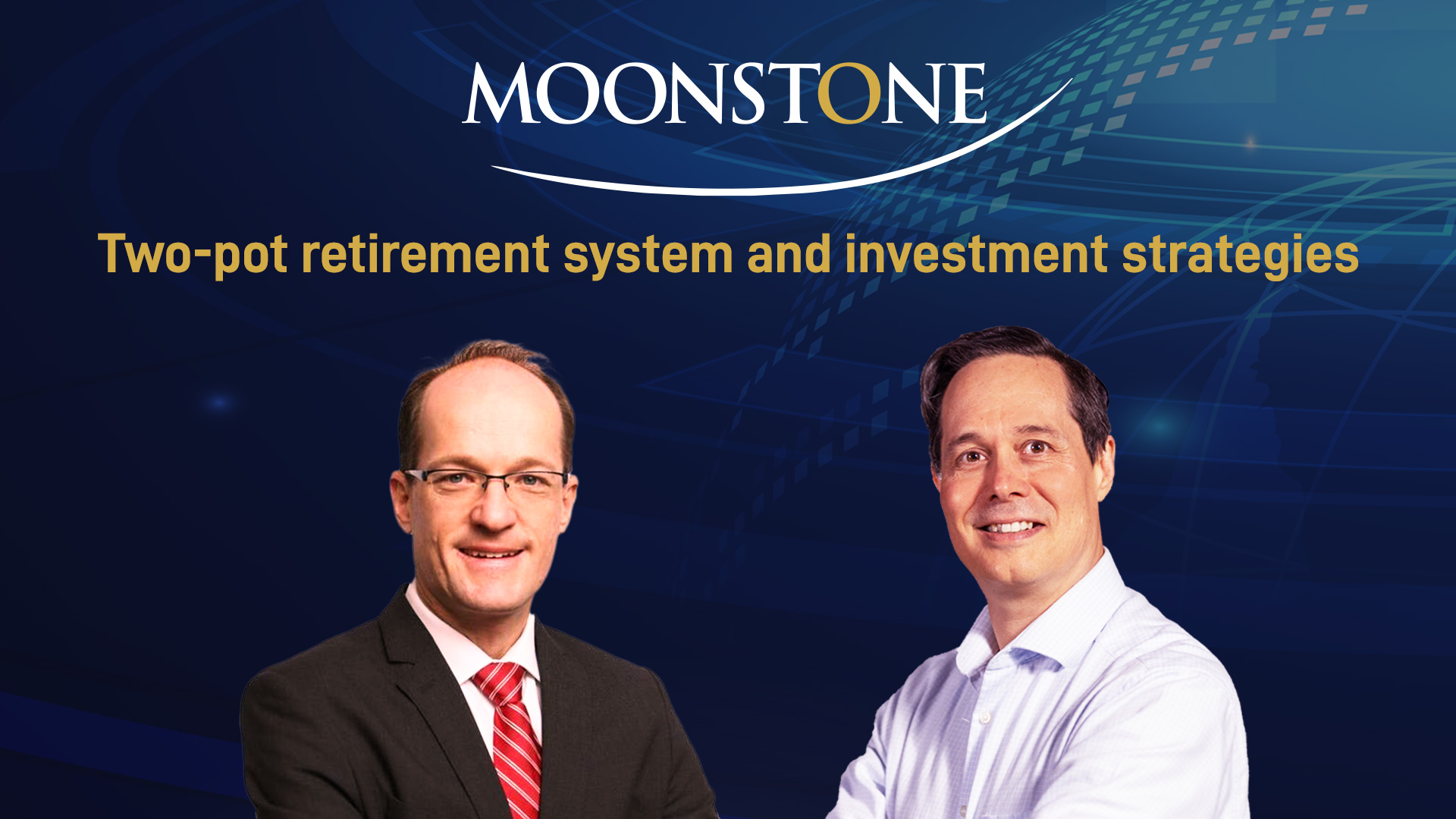
The introduction of the two-pot retirement system has sparked debate about whether retirement funds’ investment strategies should adapt to this new framework. The system aims to balance short-term access to savings with the need for long-term preservation, offering fund members annual access to a portion of their contributions while locking the rest until retirement.
In an interview, Andrew Davison, the head of Institutional Business at Old Mutual Multi-Managers, outlines the competing perspectives shaping this transition. One camp argues for maintaining a long-term investment approach across all savings, discouraging members from tapping into their funds unnecessarily. The other acknowledges that regular withdrawals are likely and advocates for short-term strategies tailored to the accessible savings component.
Davison believes the compulsory preservation of two-thirds of contributions in the retirement component creates opportunities to invest in illiquid assets, such as private equity and infrastructure, which can yield higher returns.
The savings component, while accessible, also raises challenges. A conservative strategy risks limiting returns, affecting overall retirement outcomes. Conversely, aggressive investment in the retirement component may result in volatility that members find unsettling.
Davison emphasises the importance of a measured approach: “We need to take these rules and work with them to ensure better outcomes for members.” Although it’s too early to make sweeping changes, the industry has a unique opportunity to refine strategies incrementally, ensuring members achieve adequate replacement ratios over the long term.
Click below to watch the full interview.

